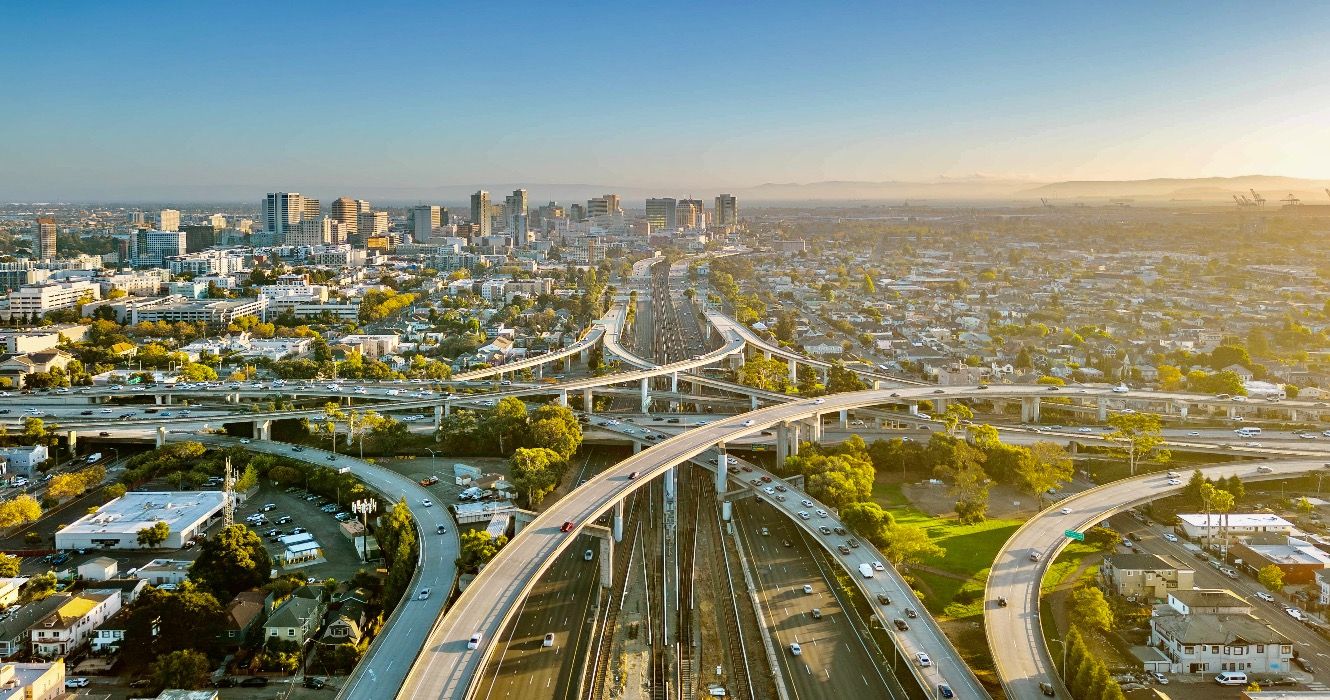The History and Future of California’s Central Valley Agriculture
The Central Valley of California is one of the most important agricultural regions in the United States. Spanning approximately 450 miles from north to south, this fertile area produces a vast array of crops, including fruits, vegetables, nuts, and grains. Agriculture has long been the backbone of the region’s economy, but the industry is facing numerous challenges. This article delves into the history of Central Valley agriculture, its current state, and what the future holds for this vital sector.
1. The History of Central Valley Agriculture
California’s Central Valley has a rich agricultural history that dates back to the late 19th century. The valley’s ideal climate and soil conditions made it a perfect location for farming, but it wasn’t until technological innovations and infrastructure developments that agriculture in the region truly flourished.
Early Agricultural Development:
- Indigenous Practices: Native American tribes, including the Miwok, Yokuts, and Pomo, have lived in the Central Valley for thousands of years. They used sophisticated agricultural practices to grow native crops like acorns and beans, and they cultivated the land in harmony with the local ecosystem.
- Spanish and Mexican Influence: In the 18th and early 19th centuries, Spanish settlers introduced crops like wheat, grapes, and citrus, along with irrigation techniques that began to shape the agricultural landscape.
20th Century Boom:
- Industrialization of Agriculture: With the arrival of modern irrigation systems, the development of new farming technologies, and the completion of major infrastructure projects like the California Aqueduct in the 1960s, the Central Valley experienced a dramatic expansion in agricultural production.
- Post-World War II Growth: Following World War II, the demand for food increased dramatically, and the Central Valley became one of the most productive agricultural regions in the world. Crops such as almonds, grapes, tomatoes, and cotton flourished.
2. The Current State of Central Valley Agriculture
Today, California’s Central Valley is a global agricultural powerhouse, providing over 25% of the nation’s food supply. The valley’s production is integral to both the state and national economies. However, despite its success, the region faces several challenges, including water scarcity, labor shortages, and environmental concerns.
Major Crops and Industries:
- Fruits and Nuts: The Central Valley is home to the world’s largest almond-growing region and produces a significant percentage of the nation’s fruit crops, including grapes, citrus, and stone fruits like peaches and plums.
- Vegetables: The valley also supplies a substantial portion of the country’s vegetables, including tomatoes, lettuce, onions, and carrots.
- Livestock: While primarily known for crop production, the Central Valley also raises livestock, including cattle and dairy products.
Challenges Facing Agriculture Today:
- Water Scarcity: The Central Valley’s agriculture is highly dependent on water from the Sacramento-San Joaquin River Delta and underground aquifers. However, prolonged droughts and reduced water allocations have made water scarcity one of the region’s most pressing issues.
- Labor Shortages: Agriculture in the Central Valley relies heavily on migrant labor, and the region has faced ongoing labor shortages due to changes in immigration policy and a lack of sufficient workers willing to take on seasonal agricultural work.
- Climate Change: Rising temperatures, unpredictable rainfall patterns, and an increased risk of wildfires all contribute to the challenges of farming in the region.
3. The Future of Central Valley Agriculture
The future of California’s Central Valley agriculture will depend on a combination of innovation, policy changes, and environmental stewardship. As the region faces increasing pressures, a variety of solutions are being explored to ensure the continued success of this vital sector.
Technological Innovations:
- Water Efficiency: With water being a limited resource, farmers are increasingly turning to water-efficient irrigation systems, such as drip irrigation and soil moisture sensors, to reduce water usage while maintaining crop yields.
- Precision Agriculture: New technologies, including satellite imagery, drones, and AI-powered analytics, are helping farmers optimize planting, irrigation, and harvesting practices, improving efficiency and reducing environmental impact.
- Genetically Modified Crops: Advances in biotechnology are allowing farmers to grow crops that are more resistant to pests, diseases, and extreme weather conditions, improving both yields and sustainability.
Sustainability and Environmental Practices:
- Soil Health: Many farmers are adopting regenerative agriculture practices, such as cover cropping, crop rotation, and reduced tillage, to improve soil health and reduce the need for chemical inputs.
- Water Conservation: In addition to more efficient irrigation systems, some farmers are exploring water recycling, capturing rainwater, and reusing water from processing plants to reduce their reliance on external water sources.
- Carbon Sequestration: Some Central Valley farmers are experimenting with farming practices that help capture and store carbon in the soil, contributing to efforts to mitigate climate change.
Policy and Labor Reform:
- Water Policy: Ensuring access to reliable and sustainable water sources will require collaboration between state and federal agencies, as well as increased investment in infrastructure to improve water storage and distribution.
- Labor Reform: Addressing labor shortages and improving working conditions for farmworkers will be critical to sustaining agricultural production in the Central Valley. Solutions may include better wages, improved labor laws, and support for immigrant workers.
4. Conclusion: The Ongoing Evolution of Central Valley Agriculture
The history of California’s Central Valley agriculture is a testament to the ingenuity and resilience of farmers who have transformed the region into a global agricultural powerhouse. However, the challenges the valley faces today are unprecedented, and the future of agriculture in the region will require innovative solutions, sustainable practices, and continued investment in technology and infrastructure. By addressing the critical issues of water scarcity, labor shortages, and environmental sustainability, California can continue to thrive as an agricultural leader, feeding not just the nation, but the world for generations to come.














